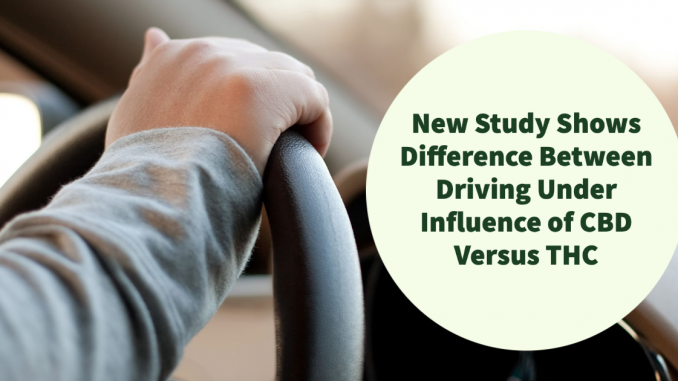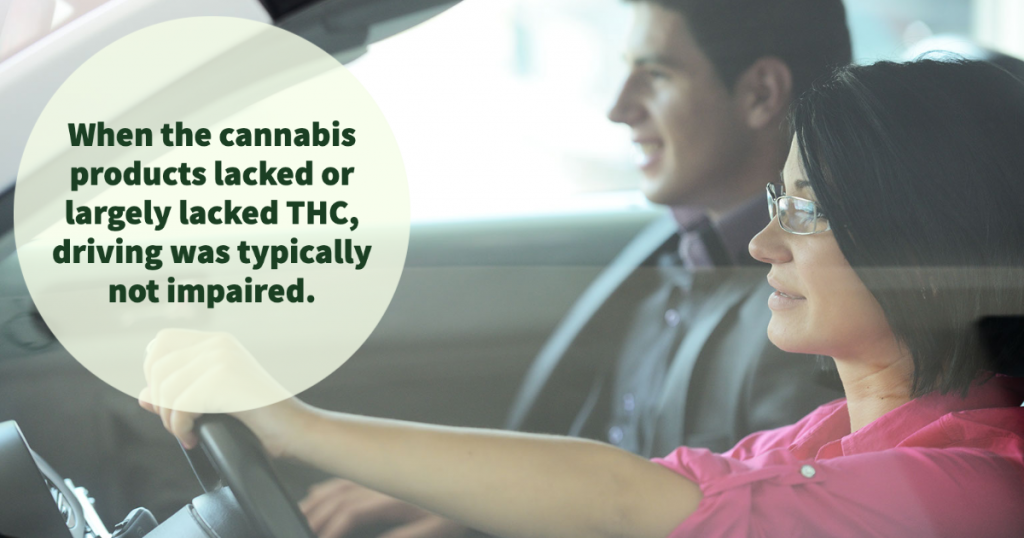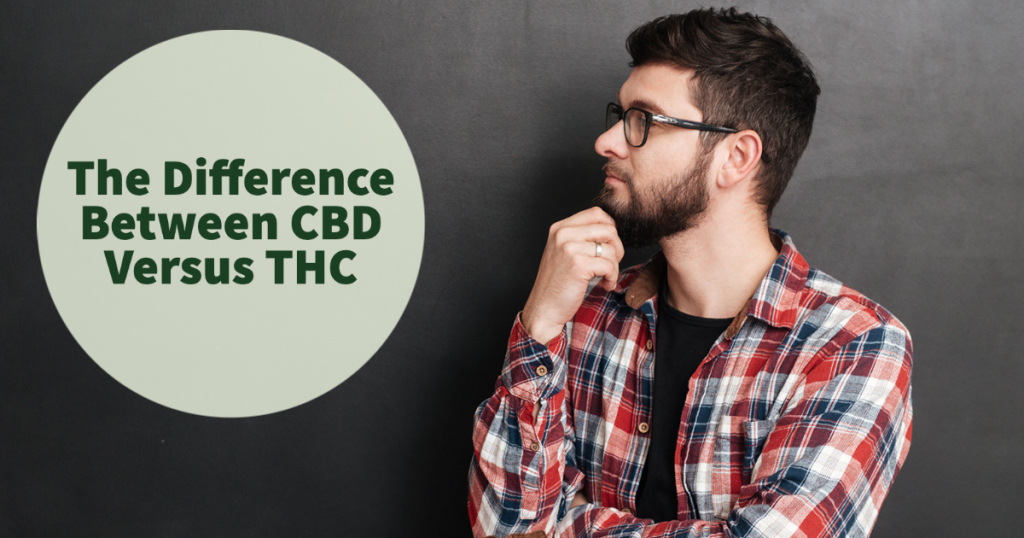

Cannabis and cannabis products have long been surrounded by controversy. In the past, the drug was seen as purely recreational and as potentially harmful. In the latter half of the 20th century, it became highly normalized by Americans, who used marijuana in the same way that many used alcohol. However, as the American war on drugs commenced, cannabis was rebranded as a “gateway” drug; which, while not overly harmful alone, could lead to the users experimenting with harder drugs like meth and heroin. At the same time, however, states began legalizing marijuana for medicinal use. Medical marijuana was then often prescribed for pain relief, particularly to patients with chronic illnesses or cancer. Since then, the legalization of cannabis products has gradually become more normalized, and recreational usage has is no longer seen as subversive in the sense that it once was. This phenomenon is not merely confined to the United States. Indeed, the United Nations actually reclassified cannabis fairly recently, removing it from the category of most dangerous and addictive drugs. This category included heroin, indicating just how seriously cannabis was taken previously. But that is rapidly changing, and with good reason.
A remarkable study has actually revealed that cannabidiol, otherwise known as CBD, does not impair driving in any way. This study was undertaken in part to explore cannabis and driving law. Prior to (and since) that study, much remained unknown about various cannabis products and their effects on the ability to drive. This not only affects whether or not cannabis products are legalized but how they are treated after they are legalized. Alcohol, for example, is legal to drink. But individuals that drink and drive may need to get in touch with a DUI defense attorney if they are caught driving with a blood alcohol level over the legal limit.
It’s important to note that CBD can be given without THC, which is the psychoactive component of cannabis products. The study was led by the Lambert Initiative for Cannabinoid Therapeutics at the University of Sydney. It was conducted, however, at the Maastricht University, which is located in the Netherlands. The Netherlands, and Amsterdam in particular, has long been recognized for its liberal policy towards marijuana usage. The products are legal and widely used in Amsterdam, and despite the heavy tourism and focus on marijuana usage among tourists, the city has been able to maintain healthy standards of living.
Similarly, Australia is exploring the possibilities regarding the legal use of cannabis products, as well as how this can affect cannabis and driving law, among other things. This is in part because Australia has seen major growth in terms of the medical usage of cannabis products. Cannabis products have been used to treat epilepsy, anxiety, various addictions, and chronic pain among other things. Some of these products do not merely contain CBD, but THC as well. This means that it cannot be taken for granted that cannabis products used for medicinal purposes are completely without psychoactive properties.
This is one of the reasons why the study also explored what happened when drivers drove with THC in their bloodstreams. Particularly significant when studying cannabis and driving law, this type of experiment can compare the effects of driving with THC in one’s system and operating under influence of alcohol. The results of this portion of the study revealed that there was a mild effect on drivers when they drove under the influence of a moderate amount of THC. Usually, this mild impairment only lasted for up to four hours.
Understanding the Study’s Function

When considering cannabis and driving law, it’s also important that researchers and lawmakers alike consider how the study was conducted. It’s important that the cannabis products are consumed for the study in the same way or in a way similar to how individuals would consume the products recreationally. Usually, participants would first vaporize products containing different mixes of CBD and THC or a placebo cannabis. After that, the participants drove for 60 miles under controlled conditions. Just as they would in their normal lives, they drove on public highways, both 40 minutes and four hours after the consumption of the cannabis products. When the cannabis products lacked or largely lacked THC, driving was typically not impaired. When the products contained more THC or a mixture of THC and CBD, the impairment was as mentioned previously mild.

This test involved the use of a dual control car with the assistance of a driving instructor, to ensure that everyone involved was as safe as possible. It was able to measure impairment in part through a test that measured the standard deviation of the bullet, otherwise known as SDLP. Specifically, this would measure swerving, weaving, and overcorrecting. As these are classic signs that an individual is driving while impaired, researchers can rely upon them to assess participants’ health and the effects of drugs on their overall systems. Furthermore, these types of tests that not only measure the amount of THC and CBD in a person’s system but the practical effects that they have on the body, which can affect cannabis and driving laws.
If individuals inhaled larger amounts of THC, in turn, they tended to feel more intoxicated. These strong feelings of intoxication could be compared to the feelings that a driver might experience while driving under the influence of alcohol. This is perhaps in part why previous studies focused largely on the effects that the consumption of products containing THC had on drivers. The effects of products containing CBD were less explored, which had an effect not only on cannabis and driving laws but on the medical and wellness industries as they explored the use of CBD. Additionally, these studies were unable to quantify the duration of the impairment, meaning that this study was the first to show both the effects of CBD and the duration of the effects of cannabis consumption, with CBD or THC. This can help not only determine cannabis and driving laws but exactly how extensively CBD can be used recreationally.
The Difference Between CBD Versus THC

Currently, many people may be trying CBD products; they could possibly pick them up from stores in their areas, even within states that have yet to legalize medical or recreational marijuana. This might seem confusing to people that understand that marijuana is a cannabis product, without realizing the major differences between products that include THC and those that don’t.
Typically, recreational cannabis products containing THC are divided into products that can be smoked or vaporized and products that can be consumed. The THC levels in these products can vary, and the effects of smoking or vaporizing a product versus consuming a product orally can be quite different. Despite the fact that edible products often contain as little as 10% to 20% of the amount of THC that is found in inhaled products, edible products are often associated with stronger effects. This can in part be attributed to how the body processes inhaled products versus ingested products.
People that inhale products often experience a feeling of sedation and relaxation. It should be noted that the participants in the study discussed above vaporized products, which means that they may have experienced these types of symptoms as opposed to those experienced by people that consumed edible products. They may experience slower reaction times, as well as occasionally some dizziness. Many people do attend classes and work while under the influence of vaporized products, but this is often against regulations and laws and is ill-advised.
Ingested products may take longer to take effect, but those effects can be more of a combination of a body high and a head high. This means that the individual will experience the high mentally, as well as physically. Individuals that ingest THC may experience mild psychedelic effects, again in part dependent on how much is consumed and in part dependent on the body chemistry of the individual consuming the product. It is incredibly important that people buy their products from shops with legal dispensary certification. Not only does this ensure that they are buying products that are fully legal; it also ensures that they understand exactly how much THC they are consuming, and can prepare accordingly.
These types of elements must be considered as cannabis and driving laws are determined. If an individual does inhale a small amount of THC, they could be ready to drive again within a short amount of time. But if an individual ingests a large amount of THC through an edible product, they may not be able to drive again safely until the next day. As these laws are determined, operating under influence attorneys will need to adjust their approaches and prepare for a world in which cannabis products are more widely available legally; but not necessarily consistently.
Many would argue that it is vital, however, that not only THC products but CBD products are available legally. Certainly, while CBD products are often lumped in with products that contain THC, they are different and have quite different effects on individuals. Although CBD products can potentially help people relax, they are not sedative or psychoactive in nature. Some researchers could argue that it wouldn’t necessarily be fair for an individual to have to pay drug possession bail after consuming CBD products like CBD oil or supplements.
The Use of CBD Products on The Market

CBD products have been growing in popularity, which is in part why this research on the effects of CBD products and cannabis and driving laws, in general, is so crucial right now. CBD can be consumed in many different ways. It can be incorporated into body washes, scrubs, and lotions. Often this is applied to the body in order to allow for relaxation and to ease muscle tension and body aches.
Additionally, CBD can be consumed through droplets. These droplets could come in the form of oil, which could be manufactured in an edible form or in a form meant to be applied to the skin. Tinctures can also be created, which would be mixed into drinks like tea, or applied directly under the tongue. These are again meant to have a relaxing effect, relieving anxiety directly and promoting a sense of calm.
More recently, the vaporization of CBD products has become popular. Vaping in general is rather popular, as it has a similar effect to smoking without necessarily being as noticeable or unpleasant. Dispensaries have recently started stocking CBD products that can be vaped due to this uptick in popularity. Although some individuals don’t like the idea of vaping CBD products, due to the similarity in appearance that this shares with THC products that can be vaped, others appreciate the directness of vaping CBD versus using it as a lotion or oil.
Again, CBD does not create a high in users. Nor does it carry the psychedelic effects that can be found in edible THC products, like double vision or hallucinations. Rather, CBD products can be simply consumed with less of an intoxicating than can be found in alcohol. While the impulse for countries with stricter drug laws, like the U.S., might be to outlaw all cannabis products, this would incorrectly group the non-psychoactive products in with the psychoactive products, and deny them to a large range of people. Not only would this potentially be economically stifling, preventing entrepreneurs from fully exploring the potential of CBD; it would also deny individuals the ability to seek treatments and remedies that could potentially be helpful to them.
It’s incredibly important that studies like the one conducted in Australia are done. Only through these types of studies can the safety of products that don’t contain THC be proven. Additionally, these types of studies conduct such research in a safe and carefully observed manner. Rather than allowing people to blindly consume CBD and get into their trucks, these studies ensure that careful research methods are followed and participants are kept safe. Ideally, this type of approach will allow researchers to know more about the effects of cannabis overall and inform future cannabis and driving laws.
Leave a Reply
You must be logged in to post a comment.